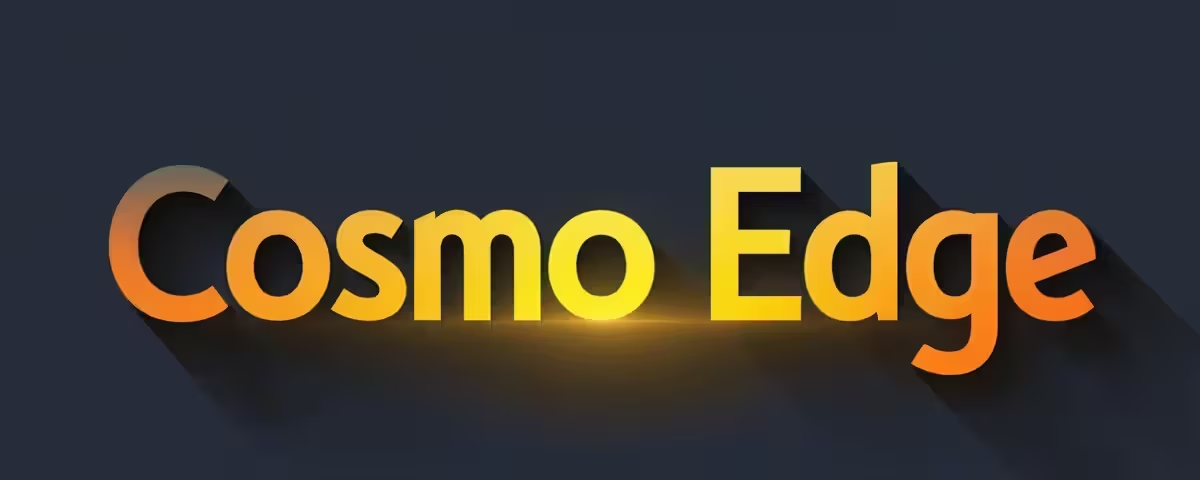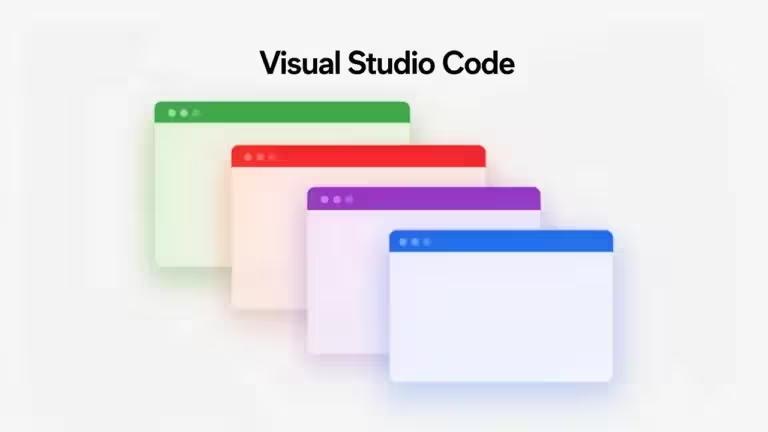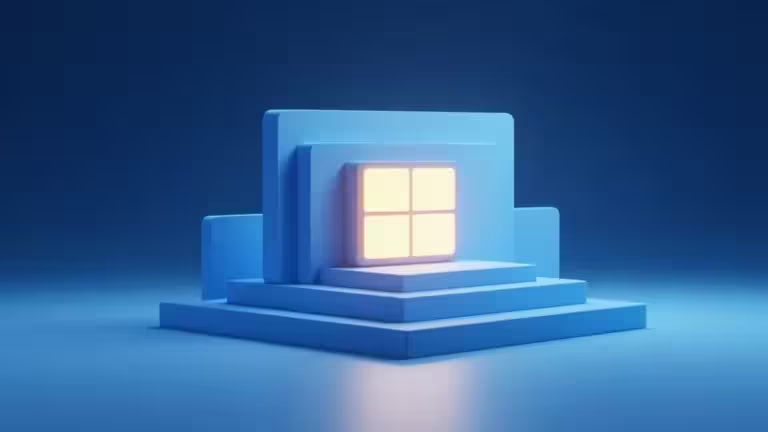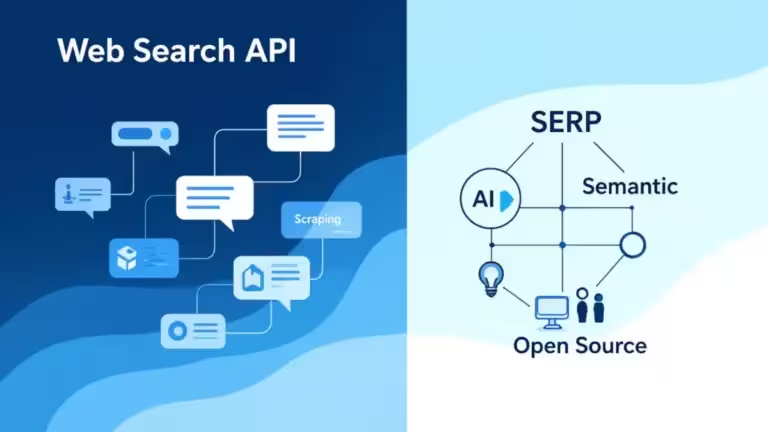ComfyUI GGUF: how and why to use this format?
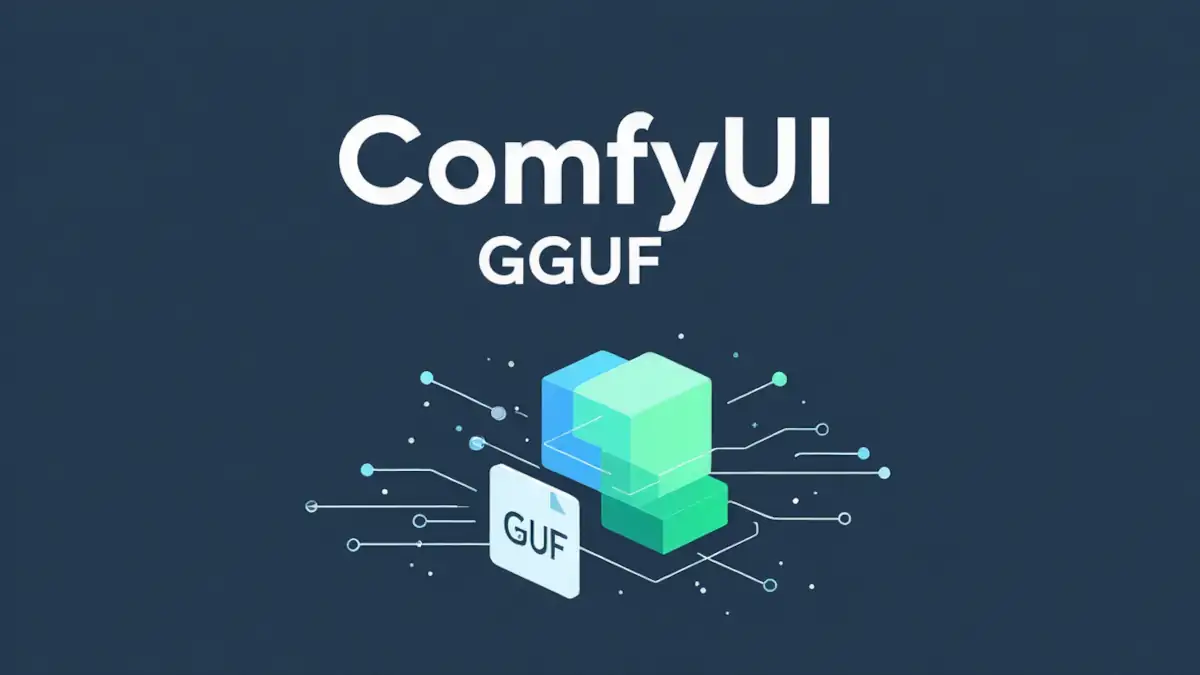
The GGUF (Generalized Graphical Unified Format), popularized by llama.cpp, was initially reserved for text models (LLMs). However, with the evolution of ComfyUI and its extensions, GGUF models are now usable for image generation, offering an interesting alternative to the traditional .safetensors and .ckpt formats. Unlike classic formats, GGUF relies on quantization techniques (Q4, Q6, Q8) similar to those used by Unsloth for LLMs, which drastically reduces memory requirements without significantly degrading quality. In practice, switching from .safetensors to GGUF feels like upgrading your GPU generation without changing your hardware.
Even with my RTX 5090, saving VRAM is extremely useful for many workflows. I ran extensive tests, particularly with HiDream i1 Full. For a 1280×720 image, generation time dropped to 60 seconds compared to nearly 120 seconds for the .safetensors version. Significant gains are also visible on Flux 1 Dev.
These improvements are related to VRAM management. With a quantized model optimized for your GPU, you avoid saturating VRAM. Once VRAM is maxed out, PyTorch or ComfyUI offloads to RAM or SSD, which drastically slows the process. Conversely, if your .safetensors workflow does not fully use your VRAM, switching to GGUF may not provide much benefit.
It is worth noting that GGUF can also improve processing times for video generation with models like Wan 2.1. Finally, if you frequently encounter freezes with ComfyUI (complete system crash), this is often due to saturated memory. Again, using GGUF can help, at the cost of a slight loss in accuracy, but it enables inference on GPUs with only 6 to 8 GB of VRAM. Dynamic quantization from Unsloth (advanced technique) greatly improves precision, so if the model you use is available through Unsloth, it is the preferred choice.
Why choose GGUF with ComfyUI? (keywords: ComfyUI, GGUF vs safetensors, VRAM optimization)
- Reduced VRAM usage and model size optimization: GGUF files are often quantized (Q4, Q6, Q8), which drastically reduces model size and memory consumption. This makes it possible to load a 13B model with only 6–8 GB of VRAM, while FP16 or BF16 requires 24 GB or more.
- Faster loading: thanks to quantization, GGUF models load faster than their .safetensors counterparts, which is a major advantage in production or for quick testing.
- Compatibility through extension: by installing the ComfyUI-GGUF extension (via GitHub or the Custom Nodes Manager), you can load Unet, CLIP/T5, and VAE models in .gguf (github.com).
How to install and use GGUF with ComfyUI
1. Extension installation
- Clone the city96/ComfyUI-GGUF repo into custom_nodes/ or install it via ComfyUI’s Custom Nodes Manager, then restart and reload ComfyUI to refresh nodes.
2. Model file organization
- Place .gguf files into the correct folders:
- models/unet for quantized UNet,
- models/clip for CLIP/T5 encoders,
- models/vae often remain in .safetensors, although some projects already test VAE in GGUF (huggingface.co).
3. Using GGUF nodes
- The “Unet Loader (GGUF)” and “DualCLIPLoader (GGUF)” nodes will now appear in the menu, under the “bootleg” or “gguf” category (github.com).
- Replace .safetensors loaders with these nodes in your workflow to benefit from Q8 quantization when available, a compromise close to FP16/BF16 behavior but with far lower memory usage.
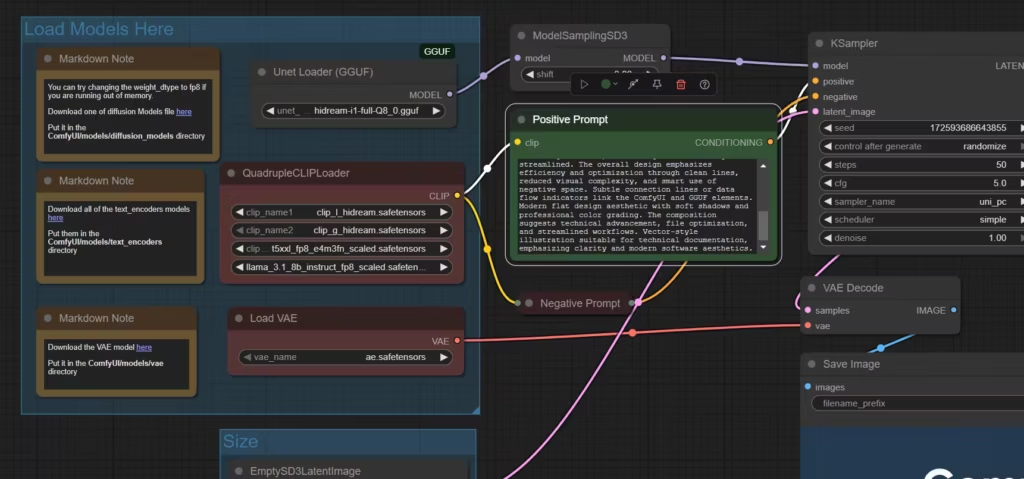
Practical advantages of GGUF vs safetensors for ComfyUI (VRAM optimization, speed)
| Criteria | Classic .safetensors | Quantized .gguf |
|---|---|---|
| Model size | High (FP16/BF16) | Up to –80% with Q4–Q8 |
| VRAM usage | Heavy (24–48 GB for 13B) | Reduced (6–8 GB for 13B) |
| Loading time | Moderate | 2–5x faster |
| Image quality | Reference | Close to FP16, minimal loss in Q8 |
| Availability | Wide base | Requires GGUF extension |
| Compatibility | Universal | Limited to GGUF loaders |
HiDream i1 GGUF in ComfyUI: testing and VRAM optimization
The HiDream i1 GGUF model perfectly illustrates the benefits of GGUF with ComfyUI for advanced image generation, even on modest GPUs. Similar to quantized LLMs from Unsloth, the Q8 version preserves accuracy very close to FP16 while drastically reducing memory consumption.
Overview of HiDream i1 GGUF
HiDream-i1 is available in Full, Dev, and Fast versions. Converted into GGUF (via Hugging Face), it offers quantized variants from Q2 to Q8. This allows you to adapt the model to the amount of VRAM available, just like LLMs where FP16/BF16 remain reserved for high-end GPUs (>24 GB), while quantization enables execution on 8–12 GB cards.
Integration in ComfyUI
Integrating HiDream i1 GGUF into a ComfyUI workflow involves a few key steps:
- Install the ComfyUI-GGUF extension to enable dedicated nodes (such as “Unet Loader (GGUF)”).
- Place the .gguf files into the correct folders (models/unet/, models/clip/, etc.).
- Use GGUF nodes in your workflow: simply replace the standard loader node with the GGUF format node, as described in the official documentation and the ComfyUI wiki.
- Choose the right variant based on VRAM:
- Full: requires about 16–20 GB of VRAM,
- Dev: about 12 GB,
- Fast: about 8 GB (Next Diffusion, 2024).
Concrete advantages
- Accessibility on modest GPUs: While the .safetensors model would be unusable due to memory limits, the GGUF Q8 version allows HiDream-i1 to run on cards with only 8 to 12 GB of VRAM without sacrificing image quality.
- Faster loading and stability: The quantized model is lighter, which speeds up initialization and reduces the risk of “Out of Memory” errors, even with complex workflows.
- User feedback: Reddit users confirm HiDream-i1 GGUF runs smoothly with ComfyUI, provided the ComfyUI-GGUF plugin is kept up to date.
Points to check and limitations
- Weight compatibility and plugin updates: Some reports mention loading errors (“dimension mismatch” in certain blocks) with outdated versions of ComfyUI-GGUF or incompatible GGUF files. Always check compatibility between the model version and the plugin, follow updates and release notes on GitHub (Hugging Face Discussions).
- Advanced features (ControlNet, LoRA, etc.): Support for these in quantized models remains experimental and may require future adjustments.
HiDream-i1 and GGUF in brief
HiDream-i1 GGUF is an excellent solution for leveraging next-generation diffusion models on accessible hardware without major compromises in quality. The ComfyUI ecosystem, enriched with GGUF support, opens the door to many use cases that were previously limited to high-end configurations.
Concrete use case: Flux.1 Dev GGUF
A guide shows that Flux.1 Dev GGUF enables smooth image generation with only 6 GB of VRAM by combining quantized UNet and CLIP plus a standard VAE (comfyui-wiki.com, nextdiffusion.ai). The process includes:
- downloading the models (flux1-dev-gguf, encoder T5, clip, vae),
- placing them in the correct directories,
- installing GGUF nodes,
- using them in a turnkey JSON workflow.
Ongoing developments and watch-outs
- VAE compatibility in .gguf: some modules such as gguf-node now support quantized VAE (huggingface.co, runcomfy.com).
- Support for LoRA and ControlNet: still experimental in quantized form, test under real load (github.com).
- Visual quality: quality loss depends on the quantization level (Q2 means visible loss, Q8 means minimal or negligible loss) and also on the model. The ideal approach is to create one workflow with a quantized version and another with the .safetensors version, then compare results. With HiDream i1 across several tests, the Q8 version produces results that look almost identical to the .safetensors version. With Flux 1 Dev, observations are similar, although I have less long term perspective for now.
- Node stability: some users report bugs, missing loaders or null nodes after version changes, keep an eye on this (discuss.huggingface.co).
Conclusion
If your GPU VRAM is saturated and ComfyUI crashes frequently, it is probably time to try GGUF. In my case, with Unsloth Q8, I did not notice any meaningful quality difference compared to .safetensors, even when zooming into details.
ComfyUI GGUF enables efficient and budget friendly image generation, especially for users with modest GPUs. When used through the right nodes, Unet Loader and DualCLIPLoader, GGUF is a lightweight alternative to traditional formats like .safetensors. Compared with .safetensors, GGUF reduces VRAM usage, speeds up loading, while keeping acceptable visual quality, although some improvements still need verification, VAE, LoRA, quality. As discussed, advanced dynamic quantization techniques, Unsloth, are the preferred option to achieve better image quality and precision.
Your comments enrich our articles, so don’t hesitate to share your thoughts! Sharing on social media helps us a lot. Thank you for your support!
